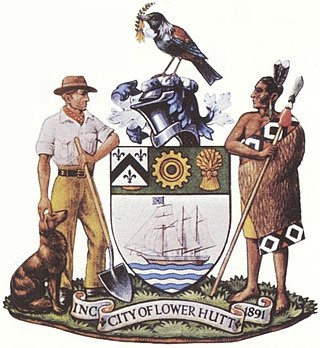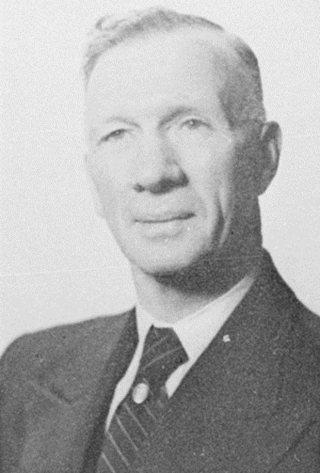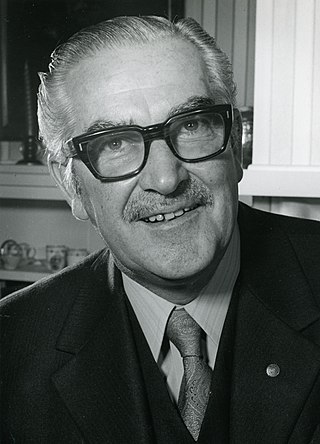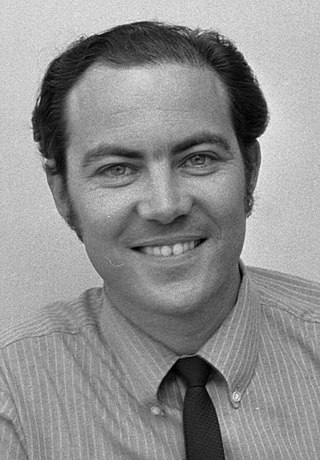
Eastbourne is a suburb of Lower Hutt, a part of Wellington, New Zealand. Lying beside the sea, it is a popular local tourist destination via car from Petone or from ferry crossings from central Wellington. An outer suburb, it lies on the eastern shore of Wellington Harbour, five kilometres south of the main Lower Hutt urban area and directly across the harbour from the Miramar Peninsula in Wellington city. A narrow exposed coastal road connects it with the rest of Lower Hutt via the Eastern Bays and the industrial suburb of Seaview. It is named for Eastbourne in England, another seaside town known as a destination for day-trips.

Ferries within Wellington's harbour carry commuters and tourists on Wellington Harbour and form a part of the Wellington public transport system. They operate between central Wellington, Days Bay, Seatoun, and Matiu/Somes Island. Until 2016, services also ran to Petone on weekends. Historically they also served Lowry Bay and Rona Bay—the ferries belonged to the Eastbourne Borough Council from 1913 to 1950—and briefly, until 1913, Miramar and Karaka Bay. The development of road connections around the harbour's edge, particularly once they were paved during the 1920s, reduced the importance of ferries to the city's transport network, but regular services still run.

Lower Hutt is a city in the Wellington Region of New Zealand. Administered by the Hutt City Council, it is one of the four cities that constitute the Wellington metropolitan area.

Henry Leonard James May was a New Zealand politician of the Labour Party. He was a cabinet minister from 1972 to 1975.
Hutt County was one of the former counties of New Zealand. It occupied the south-western corner of the North Island, extending south from the Waikanae River and lying to the west of the summits of the Rimutaka Ranges. The county's name arose from the fact that a large amount of its land area lay in the Hutt River catchment.

The city of Lower Hutt, New Zealand, was first proclaimed a borough on 1 February 1891. Prior to this it had been part of Hutt County, initially as a Roads Board and from 1881 as a Town Board.

James Cumming was a New Zealand trade unionist and politician.

The Hutt City Council is a territorial authority in New Zealand, governing the city of Lower Hutt. Lower Hutt is the country's seventh largest city. The city borders Porirua to the north, Upper Hutt to the northeast, South Wairarapa District to the east, and Wellington to the southwest and west. It is one of nine territorial authorities in the Wellington Region.

Sir John Kennedy-Good was a New Zealand politician. He was mayor of Lower Hutt from 1970 to 1986.
Thomas Glendwr Gardner "Glen" Evans was a New Zealand politician. He served as the mayor of Lower Hutt from 1986 to 1995.

Point Howard is a suburb on the eastern side of Wellington Harbour, in Lower Hutt, New Zealand.

The 1935 Lower Hutt mayoral election was part of the New Zealand local elections held that same year. The elections were held for the role of Mayor of Lower Hutt plus other local government positions including the nine borough councillors, also elected biannually. The polling was conducted using the standard first-past-the-post electoral method.
The Mayor of Petone officiated over the Petone Borough of New Zealand, which was administered by the Petone Borough Council. The office existed from 1882 until 1989, when Petone Borough was amalgamated into the Hutt City Council as part of the 1989 local government reforms. There were seventeen holders of the office.

The 1968 Lower Hutt mayoral election was part of the New Zealand local elections held that same year. The elections were held for the role of Mayor of Lower Hutt plus other local government positions including fifteen city councillors, also elected triennially. The polling was conducted using the standard first-past-the-post electoral method.
Ernest Albert Barry was a New Zealand educator and politician. He was a Lower Hutt city councillor and was deputy mayor from 1977 to 1980.

The 1980 Lower Hutt mayoral election was part of the New Zealand local elections held that same year. The elections were held for the role of Mayor of Lower Hutt plus other local government positions including sixteen city councillors, also elected triennially. The polling was conducted using the standard first-past-the-post electoral method.
The 1989 Lower Hutt mayoral election was part of the New Zealand local elections held that same year. The elections were held for the role of Mayor of Lower Hutt plus other local government positions including fifteen city councillors, also elected triennially. The polling was conducted using the standard first-past-the-post electoral method.

The 1995 Lower Hutt mayoral election was part of the New Zealand local elections held that same year. The elections were held for the role of Mayor of Lower Hutt plus other local government positions including thirteen city councillors, also elected triennially. The polling was conducted using the standard first-past-the-post electoral method.

The 1989 Hutt City local elections were part of the 1989 New Zealand local elections, to elect members to sub-national councils and boards. The Hutt City elections covered one regional council, city council, area health board, and various local boards and licensing trusts. The polling was conducted using the standard first-past-the-post electoral method.
Elections were held at regular times in Eastbourne, New Zealand, from its proclamation as a borough in 1905 to its abolition in 1989. Elections were held annually until 1915 when two year terms were introduced which lasted until 1935 when the mayoral term was extended to three years. The polling was conducted using the standard first-past-the-post electoral method.












